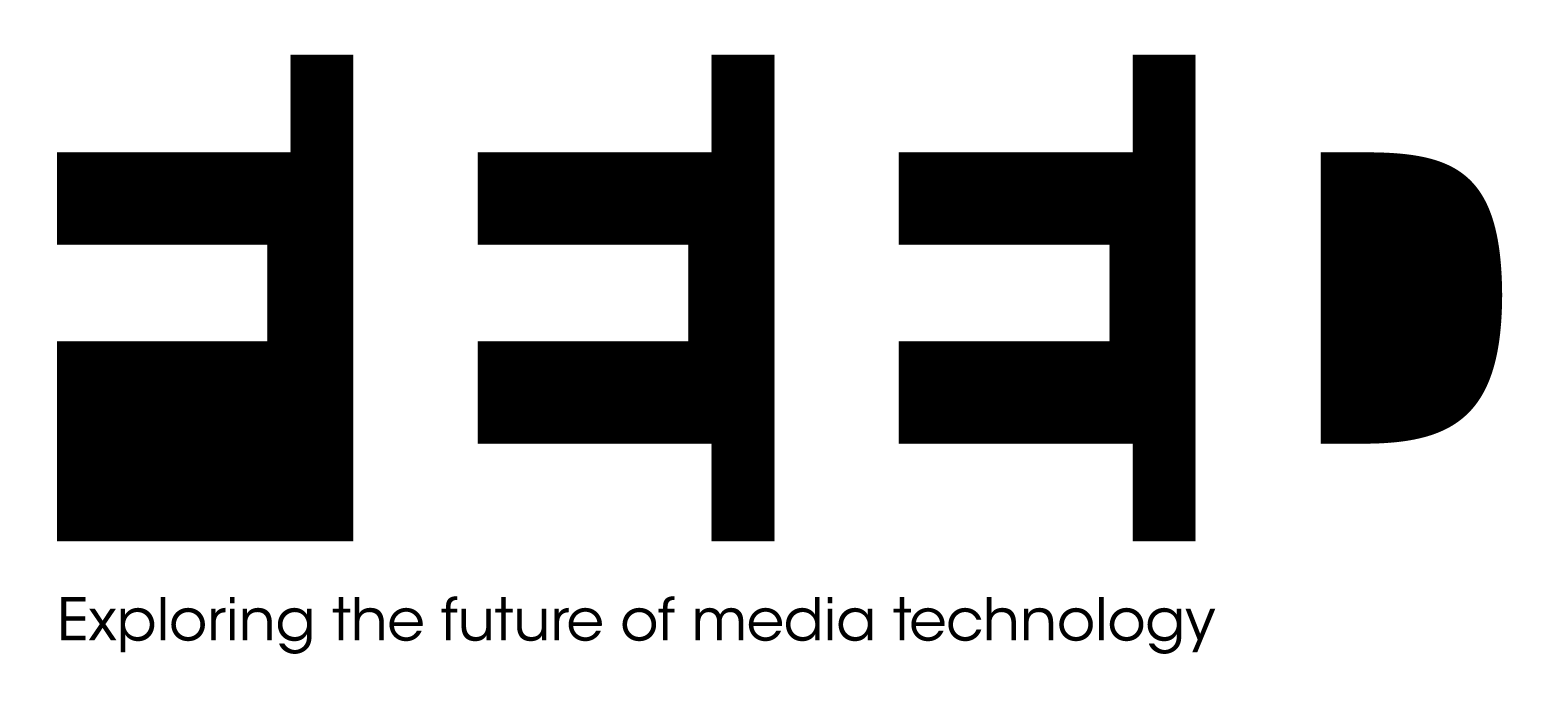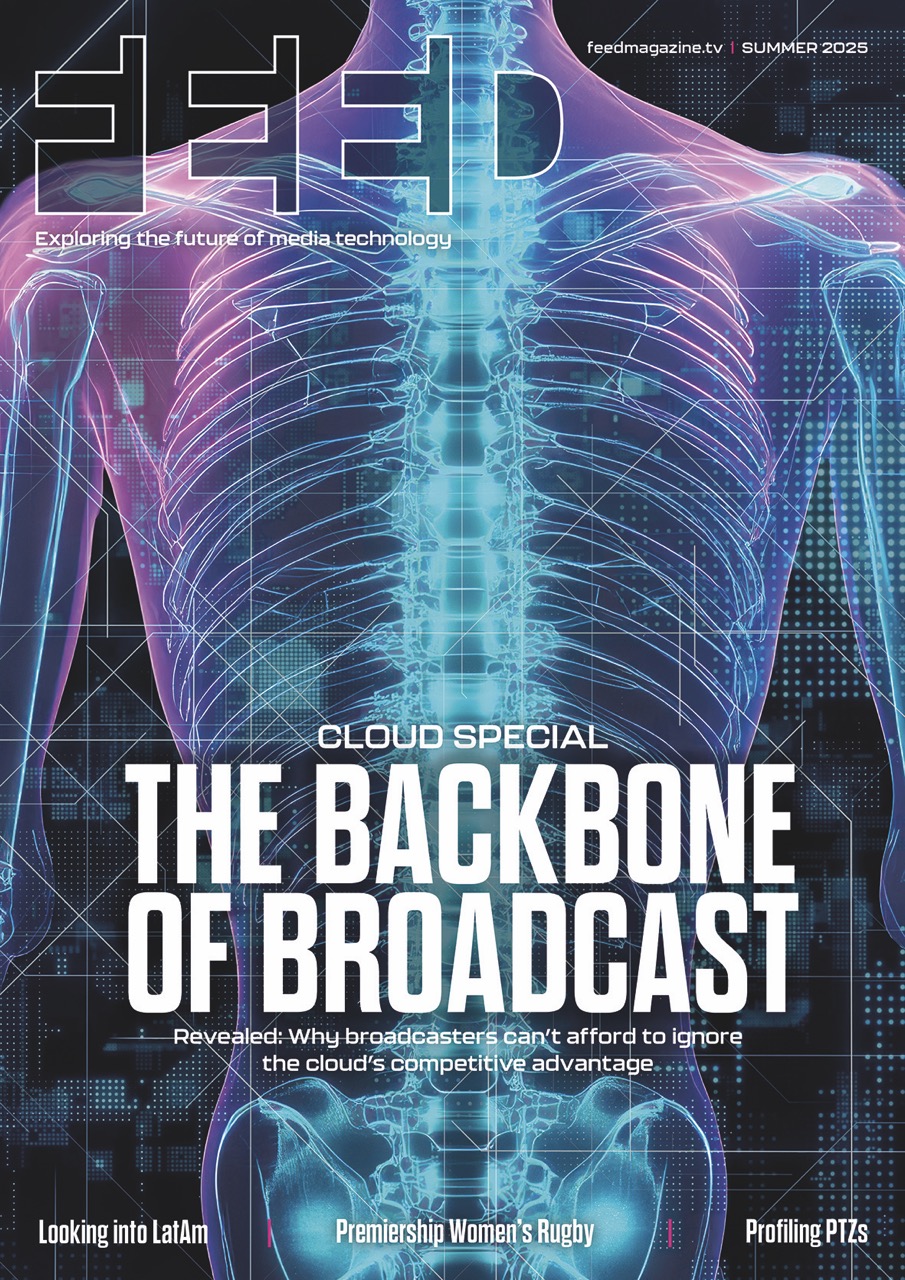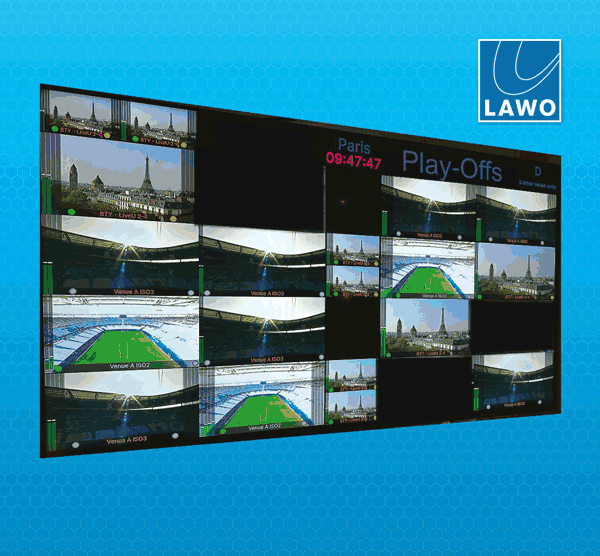Staying on track with tracking technology for sports

Posted on May 7, 2025 by FEED Staff
The world of sports is ripe with human error and imperfection. Tracking technology could be the answer
Words by Katie Kasperson
There’s hardly anything more frustrating for a sports fan than a bad call. Whether it’s a strikeout instead of a walk, obvious travelling or a missed foul, sometimes human eyes aren’t enough to get it right. And while referees take most of the blame, a ‘bad call’ is really a bad play – a fumble instead of a completed pass, a turnover or a missed shot when the goal was left wide open. Tracking technology can minimise these pitfalls.
Tracking technology is just what it sounds like: technology that pinpoints the exact position of a player or ball – or that tracks something else entirely, such as physiological data. Utilised for everything from understanding exactly when the puck crossed the goal line to recording an American football player’s rushing yards, this tech has truly become a mainstay of modern sport.
Decades ago, tracking technology was primitive; coaches would time plays using stopwatches, watch tapes or write down observations manually. These techniques were useful but limited, as they didn’t offer any real-time feedback and often lacked precision. Eventually, equipment such as GPS trackers and heart-rate monitors came into being – useful tools but potentially distracting to players wearing them.
According to Jens Melvang, a senior product manager at Stats Perform, there are two types of tracking technology today: active and passive. “Active means an object with a transponder is put on the player or ball,” he defines. “The signal is captured by an antenna. Passive is non-invasive,” he continues, “meaning there is no physical object on the player or ball being tracked.” He further divides passive tracking into ‘optical’ and ‘laser’, the latter being more expensive and less popular. Optical tracking, however, can be done both in-venue, using a camera that covers the entire pitch, and by analysing broadcast footage, which focuses on the players in view and fills in the rest.
Machine learning and generative AI joined the equation in the early 2020s, taking tracking technology even further and far surpassing what a human could reasonably do. “We have seen developments in AI to enhance tracking data,” states Karen Walker, VP of Camera Motion Systems at Ross Video. “AI has the ability to take in massive amounts of data and run scenarios to determine the best move, educating coaches and players.”
Transforming the way both athletes and audiences experience sport, tracking tech improves the game for everyone.
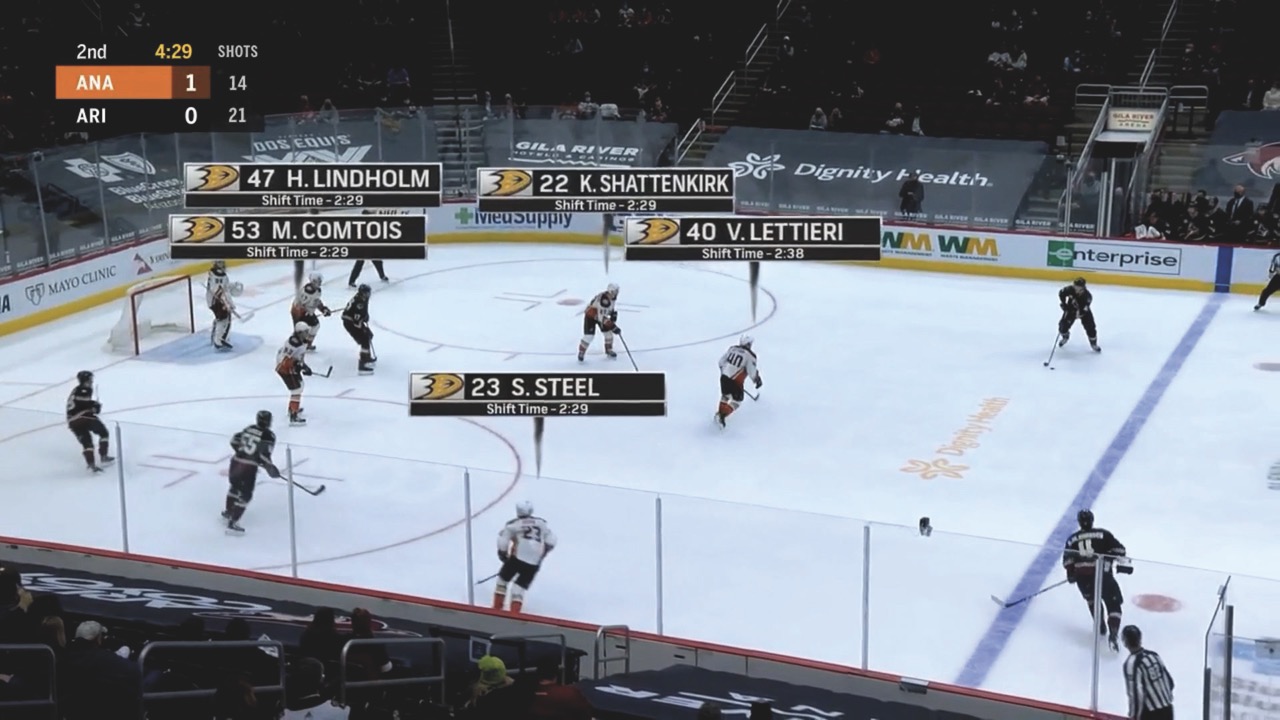
Fans first
As sports fans, we expect certain perks. When watching a baseball game, we know how fast each pitch moves in miles per hour. Friends and family of marathon runners can follow a person’s location on the course. This information, while not compulsory, enhances the viewing experience, adding context and a sense of control over knowing exactly what, why, where and when something happens.
During National Hockey League games, for instance, the puck – a small black dot moving rapidly around a white sheet of ice – can be incredibly hard to follow for TV viewers, especially those new to watching the sport. Players also rotate on and off the ice constantly, with shifts normally lasting only a minute or two. These fast-paced matches require meticulous attention to every detail: an overwhelming ask for many fans.
In 2020, the NHL instated real-time puck- and player-tracking (PPT) with the help of Sportsmedia Technology, which provided both broadcast and in-venue solutions. The company had previously designed the HITS (Hockey Information and Tracking System), which served as the NHL’s official scoring and administrative system for the 1000+ games played every season. After 13 years, SMT began developing a comprehensive tracking package that combines data analytics, automated replays, user-friendly graphical inserts and a host of other features.
A critical element of SMT’s PPT solution is the ability to give at-home and in-person fans a similar experience. When broadcasters got wind of tracking technology and in-game analysis, attending a live game versus watching at home became two distinct activities. It’s often easier to follow what’s going on via TV, as visual overlays provide key information. Now, in-stadium NHL fans can enjoy the same data on puck and player speeds, time on ice, face-off predictions and more, found both on the jumbotron and throughout the concourse.
SMT also allows the NHL to create AI-based data visualisations that recreate the on-ice action in real time. Besides benefiting fans by visually simplifying the game, this technology also serves the pundits and presenters who break down significant plays during intermissions and post-game reports. A league that sees 1312 regular games and up to 105 additional matches during the playoffs, the NHL relies on SMT to keep fans engaged and informed.
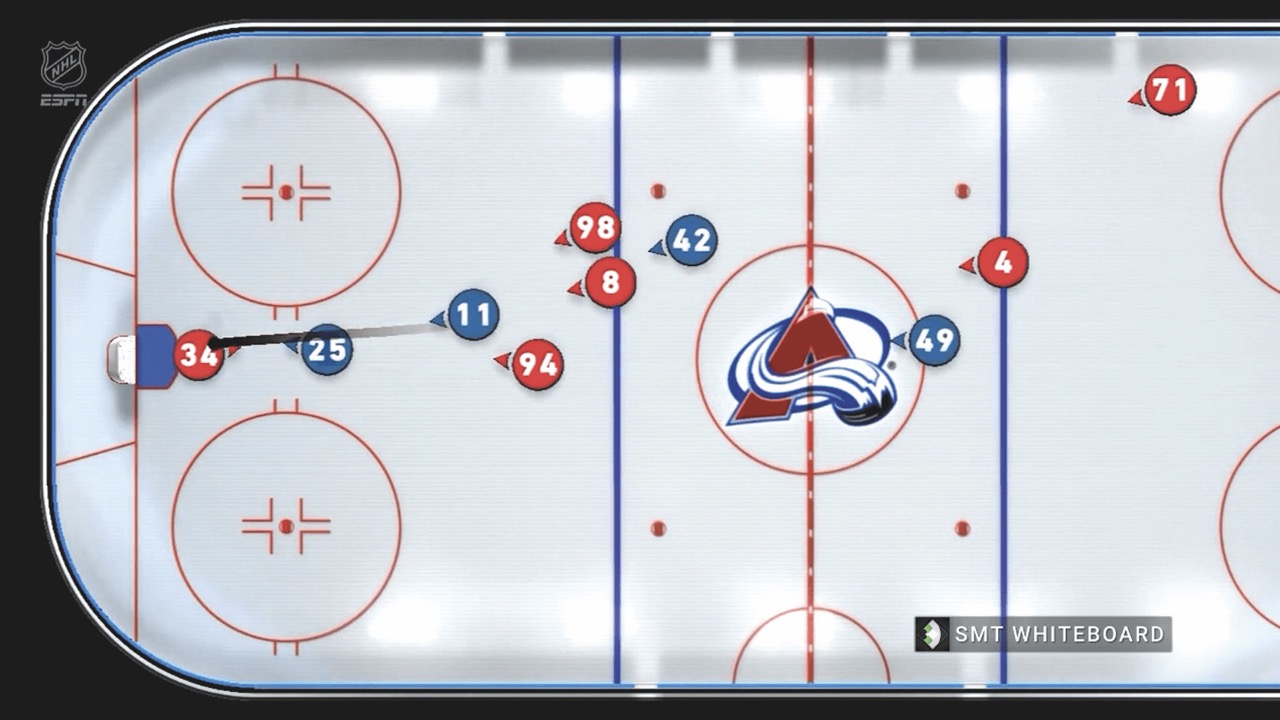
For bettor or worse
Besides improving the viewing experience, enhanced tracking stats serve another purpose: they aid in sports betting. The betting industry in the US, for instance, is enduring a major overhaul, with more states continuing to legalise the activity after the Supreme Court changed its tune in 2018. For fans in those lucky locations, betting can be a fun addition to the sports experience, as well as a small source of income. Statistics and tracking data have become an integral part of the experience, helping fans make more informed betting decisions based on real-time probabilities.
For high-stakes sporting events like the Super Bowl (NFL) or March Madness (NCAA), real-time tracking data can be incredibly useful to bettors, allowing them to adjust their wagers during or immediately after a given play. This is where latency comes into view; if there’s a noticeable gap between a game and its broadcast, this can have implications for live bettors. Thanks to real-time data from tracking companies like Kinexon, betting platforms can provide live odds as well as predictive analytics. Kinexon also opens new prop betting opportunities; rather than predicting a winner or correctly guessing the final score, fans can place bets on player-specific metrics like fastest pitch, highest jump or longest pass.
As the sports betting industry continues to grow, particularly in the US, data-driven insights will become even more valuable, making the activity accessible even to the most casual watchers.
On and off the field
For players, teams and coaches, tracking technology is crucial in refining strategy. “Tracking helps us better understand causality – which playing style is efficient, with what shape, against a certain team,” comments Melvang. Stats Perform offers a technology called Opta Vision, which uses generative AI to track each player’s field position and performance from kick-off to completion to inform decisions.
Currently available for football only, there are four stages in the Opta Vision analytic process: event and tracking data collection, generative AI, data synchronisation and AI modelling. In the first stage, Opta Vision collects tracking data from match footage. Then, an AI-based model fills in any missing information for out-of-shot players. This data is then synchronised with the help of human-led QA and, finally, AI is applied again, enriching the data with predictive metrics.
The type of data collected will depend on a team’s needs or a targeted area of improvement. Opta Vision offers raw tracking data, as well as information on aggregated fitness, shape analysis, pass predictions, pressure intensity and line-breaking passes. The Pass Predictions software, for instance, creates three AI-enhanced metrics: expected pass completion (xP), expected receiver (xR) and expected threat (xT). Much like a game of chess, football players and coaches can get a clearer picture of good moves, bad moves and blunders.
Unlike in a solo sport, football players are more than the sum of their parts, and how the team moves is just as important as one person’s performance. Opta Vision’s Shape Analysis takes this into consideration, using XY data points to identify each team’s true ‘shape’ both in and out of possession – and clueing coaches in on why a specific formation does or doesn’t work in various scenarios and against certain opposition.
Elsewhere, the Indian Premier League uses Spidercams to collect data and capture the action during every cricket match, according to Marc Denker, managing director at Spidercam. The same is true of the Professional Gamers League (PGL) and Australian Open tennis. These stabilised cameras attach to each playing pitch via cables secured to the four corners, hovering above the field as if sliding across a spider’s web. They include built-in tracking technology which also records their location in space.
“Tracking data reveals what is hidden from the human eye,” Melvang notes. Software-enhanced analysis offers additional info to players and coaches, allowing them to learn from these quantitative metrics and use them to their advantage.
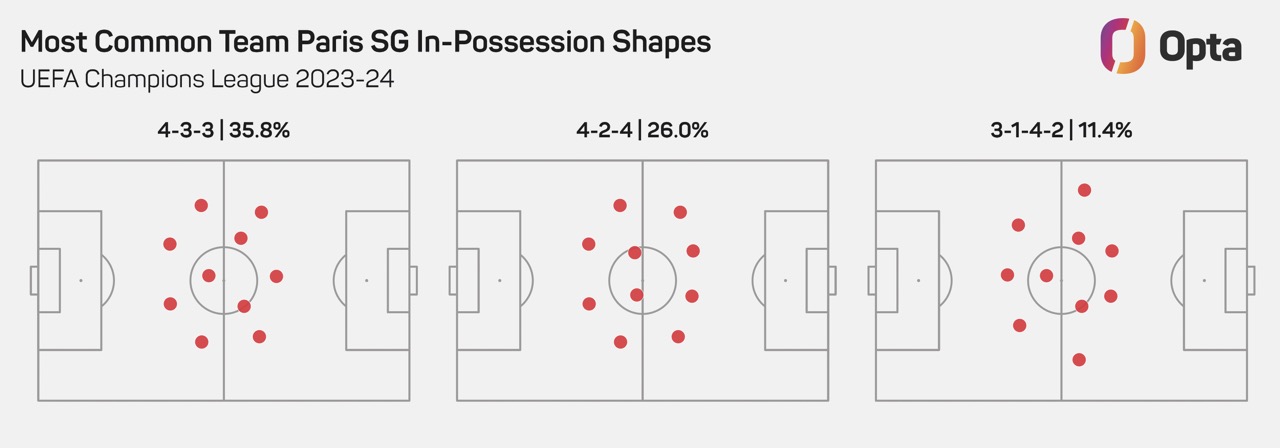
Calls, corrected
Another application for tracking technology is to help referees make accurate, well-informed calls. Most recently, Major League Baseball umpires – who stand behind home plate, getting a pretty good view of every pitch – have received serious backlash for repeated mistakes. There’s been an uptick in fan outcry, especially since the MLB added a digital strike zone – the area in which a ball needs to land for it to be deemed a strike – to its broadcasts, highlighting discrepancies between what an umpire called and what actually happened.
During spring training for the 2025 season, the MLB has been testing an automated ball-strike (ABS) challenge system, which will allow the players themselves (batters, pitchers and catchers only) to challenge an umpire’s call. They must do so immediately after the call is made, without communicating with the rest of their team and before an animated instant replay is available; the latter will ultimately determine whether the call stands.
Instant replays originally gained momentum in American football, allowing referees to view plays from multiple angles and zoom in on goal lines and other important areas. Such visual aids encourage thorough officiating and increase trust in each call, and they’ve set the stage for more advanced technology, such as sensor-based systems. These sensors can say with certainty whether a ball has fully crossed a goal line or – in sports such as tennis – landed on the line itself. Powered by Hawk-Eye Innovations, the latter technology has minimised disputes during close calls, clarifying and supporting each decision with a visual display.
Back in the world of baseball, to create the ABS’s computer-animated replay, cameras are positioned around each ballpark, collecting information about exactly where a pitch crosses home plate. These replays add merely a few seconds to the overall game time, leading to quick decisions rather than lengthy review processes.
For now, umpires still play a crucial role in baseball – and that isn’t expected to change. The MLB conducted a survey among fans, players and coaches about the potential of a fully automated strike zone, and the results were largely negative. Despite the promise of perfection technology can bring, the human element endures.

Technical difficulties
Like with any technology, there have been inevitable hurdles. Tracking tech – meant to reduce human error – relies on data accuracy, and we’ve all come to realise that AI often gets things wrong. The technology is also ignorant of context – a GPS signal could be temporarily lost, for instance, leading the data to tell a misleading story.
When using cameras to track player positions, the device’s own location in relation to the pitch is also important. “Tracking using camera positions has become more accurate with higher-resolution encoders and alternative methods like LiDAR or 3D cameras,” begins Walker. But when using these systems, extraneous factors can come into play: “Some areas of concern come when you move the cable camera systems,” such as Spidercams, she tells us. “There are more axes that need to be taken into account – such as wind, cable sag and so on. It’s difficult to calculate the exact camera position in these scenarios.”
Tracking technology also introduces privacy risks, depending on how the data is handled. This is especially true for athletes who track physiological, locational or other sensitive information, so it’s essential that suitable privacy protections are in place.
Finally, there’s the human aspect to consider – the question of whether umpires and other officials will be replaced by automated systems, for example. This doesn’t seem likely, though, as the data is only as good as its interpreter.
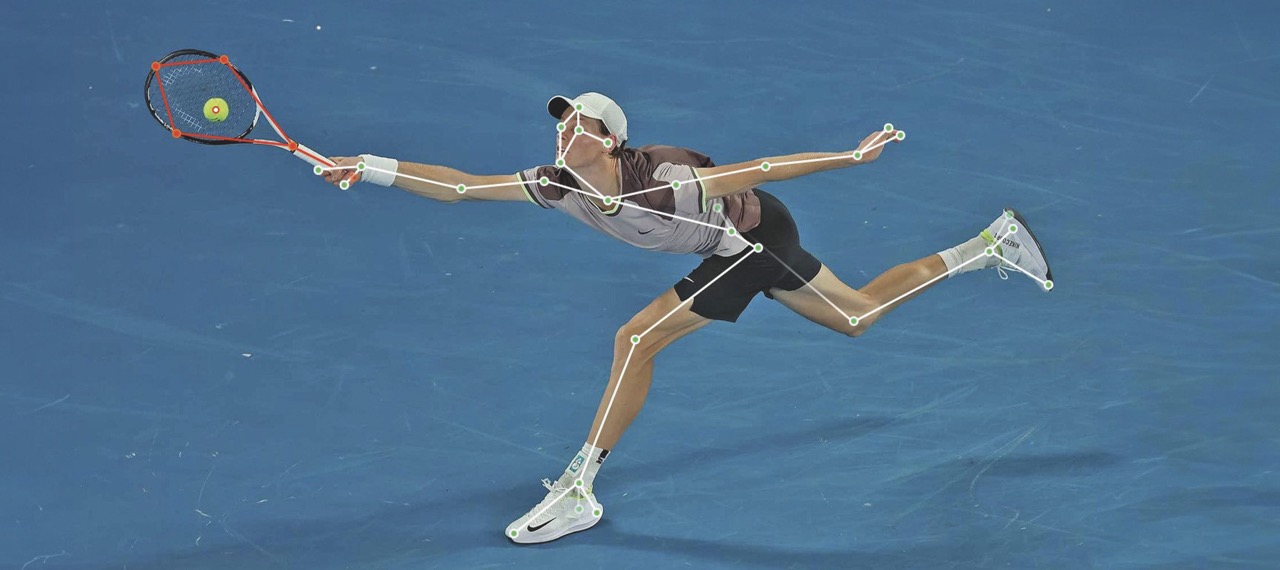
All in the details
As tracking tech continues to make its mark on sport, experts largely agree that it’s heading towards skeletal tracking and more AI-enhanced metrics. “Data processing will get faster, there will be real-time analysis of games for the fans and AI will be able to predict the next move for players,” suggests Walker – most of which is already in motion.
Denker believes that ‘radar, laser or Wi-Fi’ will be used to pick up more precise data. “AI could definitely add correction to our Spidercam tracking,” he adds, “if we train it on deviations.” He also guesses that tracking technology will continue to play a large role in the financial side of sports, providing sponsors and advertisers with valuable data.
For Melvang, the obvious next step will be skeletal tracking, which is similar to motion capture. With a strong foundation in video games, skeletal tracking can replicate human movement in a 3D virtual environment. “In the future, we will be able to recreate a very real 3D experience,” Melvang enthuses. While traditional tracking technology relies on identifying a person’s centre of mass, skeletal tracking cameras follow multiple points on the human body, thereby improving any potential gaps in accuracy.
Hawk-Eye Innovations recently released its Skeletrack system, which uses optical tracking to monitor both player and ball movements. The technology captures 29 points on an athlete’s body, providing a high level of biomechanical detail. Like certain wearable devices, skeletal tracking can alert players and coaches to any preventable injuries, help refine performance, enrich the viewing experience with real-time data and generate digital replications for commercial and educational use.
Intel’s 3DAT (3D Athlete Tracking) is a similar solution that debuted during the Tokyo Olympic Games in 2021. Like Skeletrack, 3DAT captures skeletal tracking data, doing so via a video camera recording at a frame rate of 60fps. Bolstered by AI, the technology was designed to deliver insights about a specific athlete’s running style – their speed, velocity and acceleration, as well as their general mechanics.
Whether it’s AI-based optical tracking, goal-line sensing or the delivery of real-time data, tracking technology has become an integral part of the sports experience for fans, coaches, athletes and officials. While it does have a few kinks still to sort, the technology provides highly useful information, helping players stay safe, fans engaged, referees correct and coaches confident.
‘The data doesn’t lie’, so it goes, and it usually doesn’t. Yet, despite the countless technical advancements, human judgement – imperfections and all included – remains at the centre of sport.
This feature was first published in the Spring 2024 issue of FEED.
